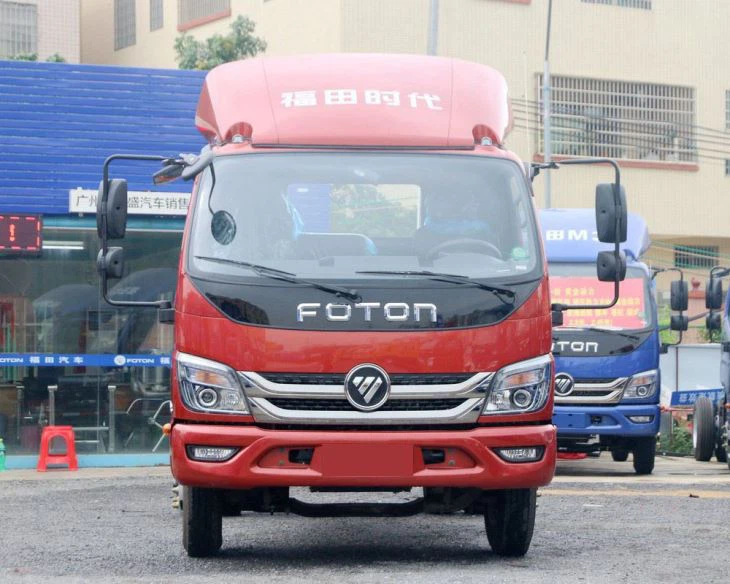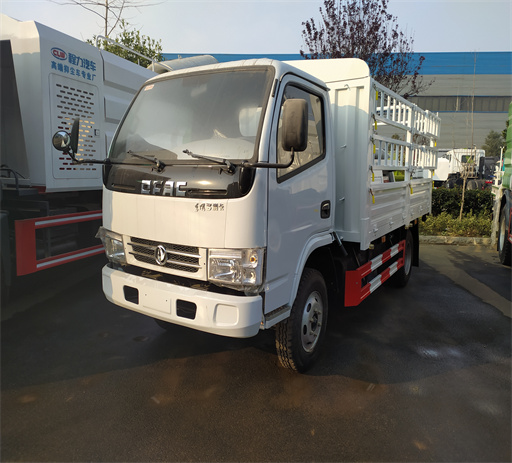Different Types of Cabs for Trucks: A Comprehensive Guide

Cabs are an essential part of any truck, serving as the operational command center for drivers. Understanding the different types of cabs for trucks helps in making informed decisions, whether you’re in the market for a new truck or simply want to learn more about these vital components. In this article, we will explore various types of truck cabs, their features, advantages, and practical applications. We’ll also provide tips for choosing the right cab for your needs and answer frequently asked questions about truck cabs.
Understanding Truck Cabs
The cab is the driver’s workspace in a truck, determining many factors including comfort, visibility, and storage. Different types of truck cabs cater to various needs and applications, from short-haul deliveries to long-haul transportation.
1. Standard Cab
The standard cab is the most basic type of truck cab. It typically features two doors, offering seating for two to three passengers.
Features of Standard Cab
- Two doors
- Compact size
- Minimal storage space
Advantages of Standard Cab
- Lightweight, enhancing fuel efficiency
- Less costly to manufacture, thus often more affordable
- Better maneuverability
Practical Example
Standard cabs are ideal for city deliveries or utility work where space is limited, and drivers spend short periods in the cab.
2. Extended Cab
Extended cabs are larger than standard cabs, featuring extra rear seating and sometimes additional storage space.
Features of Extended Cab
- Two full-size front doors and rear access doors
- Additional seating capacity for up to five passengers
- Extended cargo area behind the seats
Advantages of Extended Cab
- Slightly better space management for tools and gear
- More comfortable for longer trips with additional passengers
- Greater versatility for personal and work-related use
Practical Example
Extended cabs are favored by contractors who need to transport crew members alongside equipment, as these cabs provide ample room without sacrificing too much cargo space.
3. Crew Cab
Crew cabs are designed with maximum passenger comfort in mind, providing four full-size doors and significant rear seating capacity.
Features of Crew Cab
- Four full-size doors
- Seating for up to six passengers
- Generous legroom and storage solutions
Advantages of Crew Cab
- Enhanced comfort for long hauls with multiple passengers
- Versatile usage for family and work activities
- Increased safety with more cabin space during accidents

Practical Example
Crew cabs are popular among businesses that need to transport teams of workers to job sites, offering a great balance between passenger capacity and cargo space.
4. Flatbed Cab
Flatbed cabs are characterized by a flat cargo area that extends beyond the cab. These trucks are typically used for transporting large or heavy items.
Features of Flatbed Cab
- Open cargo bed
- Low sides for easy loading and unloading
- Typically comes in standard or crew configurations
Advantages of Flatbed Cab
- Versatile for various transportation needs
- Ideal for oversized loads
- Simpler load securing processes
Practical Example
Construction companies often utilize flatbed cabs to transport heavy equipment and building materials, benefiting from the open design that accommodates varying load sizes.
5. Dump Truck Cab
Dump truck cabs are specifically designed for trucks that need to carry and unload loose materials like sand, gravel, or dirt.
Features of Dump Truck Cab
- Heavy-duty construction
- Large front and angled rear windows for better visibility
- Strong hydraulics for unloading cargo
Advantages of Dump Truck Cab
- Ideal for construction and mining applications
- Robust design ensures long-lasting durability
- Easy functionality for unloading materials
Practical Example

Dump trucks are prevalent in construction sites where moving bulk materials is required, and the cab design offers essential visibility and control for drivers.
6. Box Truck Cab
Box truck cabs are connected to a large, enclosed cargo area designed for transporting goods securely.
Features of Box Truck Cab

- Enclosed cargo space
- Access from the cab to the cargo area through a door
- May vary in size based on transportation needs
Advantages of Box Truck Cab
- Enhanced security for transported goods
- Sheltered from weather conditions
- Often features lift gates for easier loading and unloading
Practical Example
Box trucks are often used by moving companies to transport furniture and personal items safely during relocations.
How to Choose the Right Truck Cab
Selecting the right truck cab type significantly impacts functionality, comfort, and efficiency. Here are some factors to consider when making your decision:
1. Purpose of Use
Consider how the truck will be used. Will it be primarily for city driving, long hauls, or transporting specific goods? Each purpose may require a different cab type.
2. Passenger Capacity
Choose a cab based on how many passengers will often accompany the driver. If you’re operating as a team, a crew cab may suit your needs better than a standard cab.
3. Comfort Level
Evaluate the comfort features of different cabs. For long-distance driving, search for cabs with ergonomically designed seats and ample legroom.
4. Storage Options
Think about the cargo or equipment you will need to store. Cabs that offer additional storage compartments will help keep your working space organized.
5. Budget Considerations
Different cab types come with various price tags. Determine your budget while weighing the features you need.
FAQs About Truck Cabs
1. What is the difference between a crew cab and an extended cab?
A crew cab has four full-size doors and typically seats up to six passengers, maximizing passenger space. An extended cab has two front doors with smaller doors at the rear, accommodating up to five passengers and providing limited access to the rear seating area.
2. Are standard cabs suitable for long-haul trucking?
Standard cabs can be used for long-haul trucking but may not be the most comfortable option for long trips since they usually have limited space and fewer amenities compared to crew cabs or extended cabs.
3. Can I modify a truck cab after purchase?
Yes, many truck owners modify cabs for added features like extra storage, improved seating, or custom configurations. Ensure any modifications adhere to local regulations.
4. How important is cab size in fuel efficiency?
Cab size can impact fuel efficiency. Generally, smaller cabs are lighter and may offer better fuel economy than larger cabs, which are heavier and can decrease fuel efficiency.
5. What types of cabs are best for rough terrain?
For rough terrain, consider trucks with crew cabs or flatbeds designed for off-road conditions. These provide better stability and support when navigating challenging environments.
6. Is insulation important in truck cabs?
Insulation is essential for temperature regulation and noise reduction in truck cabs, especially for long hauls. A well-insulated cab provides a more comfortable driving experience.
